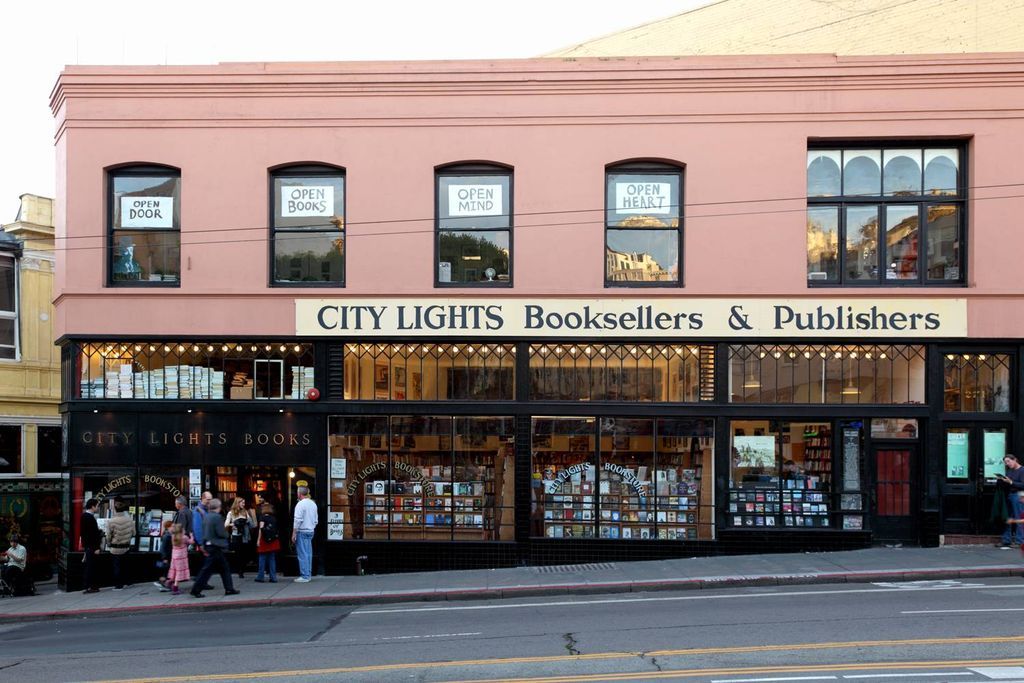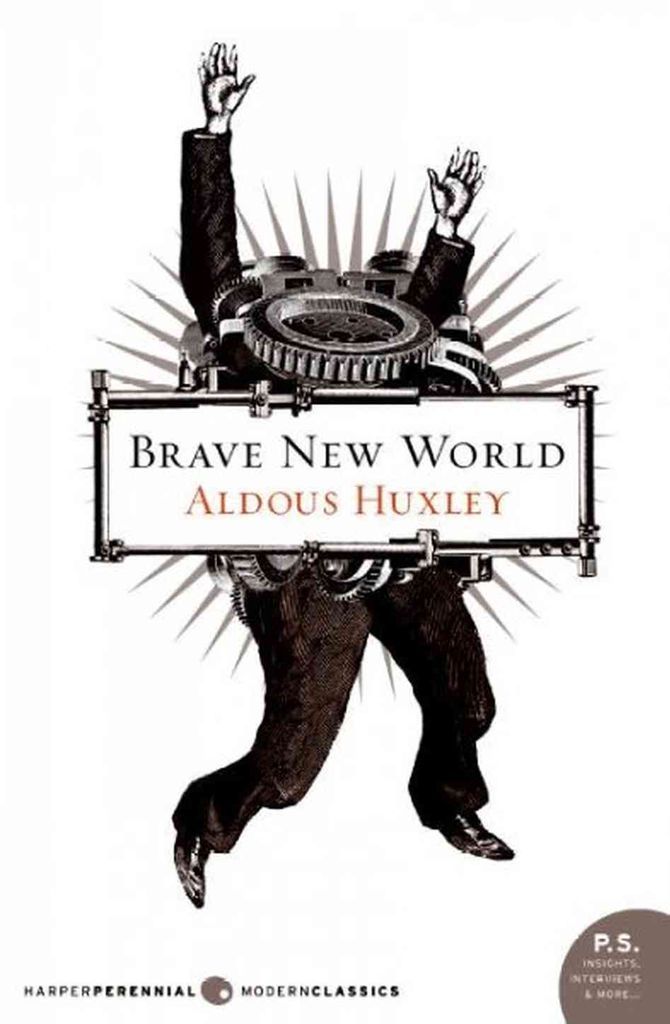
Censorship, HOWL, and City Lights of San Francisco
I recently found myself in San Francisco for a few days. I hadn’t been to the city before and didn’t have too much time for exploring; I was willing to forego my usual exploration of bookshops, but in the end my heart was drawn to one: City Lights, a bastion of literary freedom since its foundation in 1953.
Photo via Wikipedia
Wandering the shelves of City Lights is an excellent pastime in its own right—progressive politics, brilliant fiction and non-fiction picks and downstairs, shelves upon shelves of gender politics, minority histories, and even religion and philosophy.
In the wake of the 2016 election, the store opened a “Pedagogies of Resistance” section, which was a total joy to browse, filled with titles about revolutionary movements that aim to empower the reader for present and future moments of resistance. You might wonder what sort of bookshop assumes such a public responsibility, but the truth is that City Lights has a rich history of resistance. This is a bookshop with history sewn into the very fibre of its being.
Founded by Lawrence Ferlinghetti and Peter D Martin in 1953, City Lights was both a bookstore and a publisher. Each man invested $500 into the business, which seems quaint in 2017. In 1956, City Lights published Allen Ginsberg’s Howl and Other Poems. Ginsberg was a key personality of the Beat Generation, and City Lights published the work after Ferlinghetti heard him read Howl at a gallery. Howl was a catastrophe for the conservative cultural context of publishing in the United States at the time, discussing homosexual activity and drug abuse, and railing against conservatism and conformists.
After publication, a shipment of the books was seized by customs on grounds of obscenity. Local police raided City Lights and arrested the store manager, Shigeyoshi Murao, for “offering an obscene book for sale.” Ferlinghetti, not present at the time, turned himself in to face the same charge. Ginsberg himself was not charged, but the subsequent court case would ensure his place in the history books.
The case featured a lineup of literary critics called forward to attest to Ginsberg’s social genius, while the prosecution aimed to undermine that entirely, focusing on the potential offence in the individual unpleasant words. Judge Horn in his verdict deemed that any work which had “even the slightest redeeming social importance” was entitled to protection under the 1st Amendment. The court case arguably saved avant garde writing, poetry, publishing and art; the success of the court case led to the publication of Kerouac’s On the Road, and Lady Chatterly’s Lover had its ban lifted a few years later on a federal level. The world opened up.
Freedom to write, read, and think for ourselves is part of being human. Policing those rights often leads to resistance and harsh comment, especially in the social media age. Without Howl, it’s hard to know what the world would look like, what freedom we would have to read even the most controversial of items. Some of the most famous books in the world remain contested, even in the United States, but their protection is guaranteed because of Howl.

City Lights is on Columbus Avenue. Its walls are decorated with the legacy of its rich past—and outside, on Jack Kerouac Alley, quotes from Steinbeck, Kerouac, and Maya Angelou are engraved on the path. This is where a counterculture emerged and lived—but it’s far from a mere historical marker. The beat goes on.
Find even more of our favorite bookstores here.











